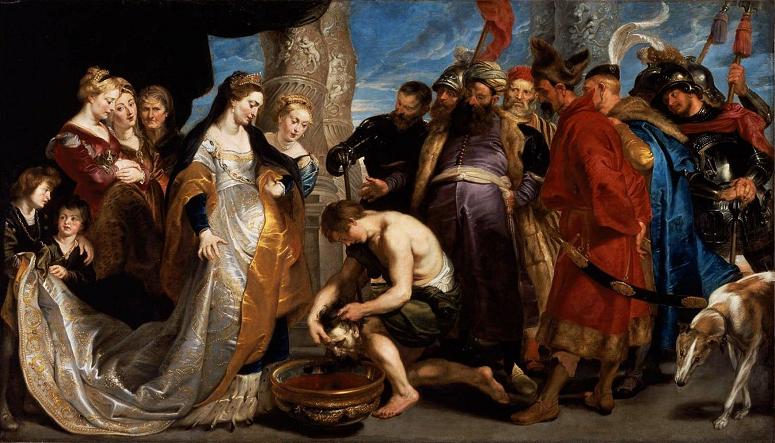Person. The art world is a vast ecosystem encompassing creation, presentation, analysis, and appreciation of visual art. The foundation of the art world, artists, create the visual works that spark dialogue and inspire. Galleries act as bridges between artists and the public. They curate exhibitions and promote artists' work, and connect them with collectors and institutions. Museums collect, preserve, and exhibit art, providing educational and cultural experiences for the public. From private individuals to major museums, collectors acquire and steward art, shaping the market and influencing artistic trends. Curators are the storytellers of the art world. They research, select, and arrange artworks for exhibitions. Art critics and historians analyze and interpret art, providing context and critical perspectives. Art dealers and auction houses facilitate the buying and selling of art. Art educators, from museum docents to university professors, foster appreciation and understanding of art. Conservators are the caretakers of art, ensuring its preservation for future generations. They employ specialized techniques to protect and restore artworks from damage and deterioration. Philanthropists and arts funders provide crucial financial support for artists, institutions, and educational programs. People in the art world are often highly creative and innovative, with a strong desire to express themselves through their work. They may be skilled in a variety of artistic mediums, from painting and sculpture to photography and digital media. People in the art world are often deeply passionate about their work and the world of art more broadly. They may be driven by a desire to make a difference in the world through their art, or to push the boundaries of what is possible in their chosen medium. They often have a deep understanding of art history, theory, and criticism. They may be well-versed in the work of other artists, and may be able to analyze and interpret art in a sophisticated and nuanced way. Also, they often rely heavily on networking and personal connections to advance their careers. They may attend art openings, exhibitions, and other events to meet other artists, collectors, and curators, and to build relationships that can help them gain exposure and opportunities. any people in the art world are self-employed or run their own businesses, such as galleries, studios, or art consulting firms. As a result, they may be highly entrepreneurial, with a strong sense of business acumen and a willingness to take risks. The art world is a highly diverse community, encompassing people from a wide range of cultural, social, and economic backgrounds. This diversity is reflected in the art itself, which may explore a wide range of themes and perspectives. The art world comprises everyone involved in producing, commissioning, presenting, preserving, promoting, chronicling, criticizing, and selling fine art. Art world is a wider term than art market, though that is a large part of it. Howard S. Becker describes it as the network of people whose cooperative activity, organised via their joint knowledge of conventional means of doing things, produce the kind of art works that art world is noted for. In her book, Seven Days in the Art World, Sarah Thornton describes it as a loose network of overlapping subcultures held together by a belief in art.
more...














